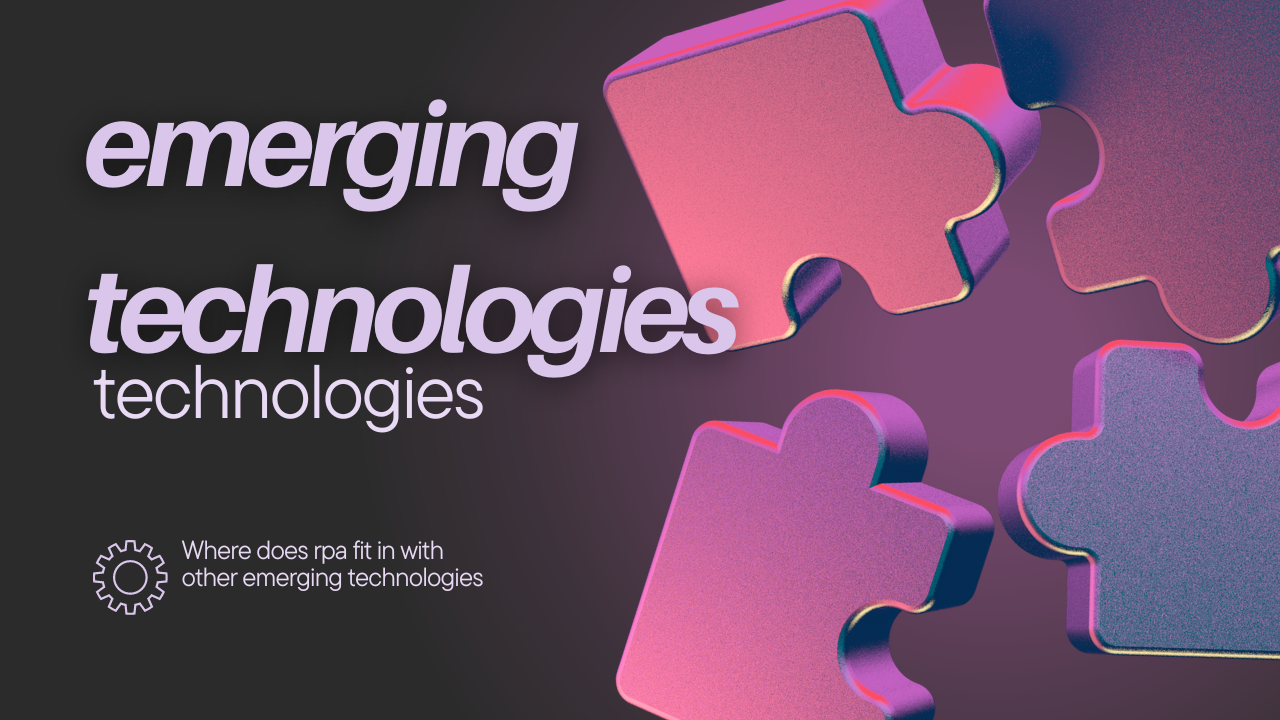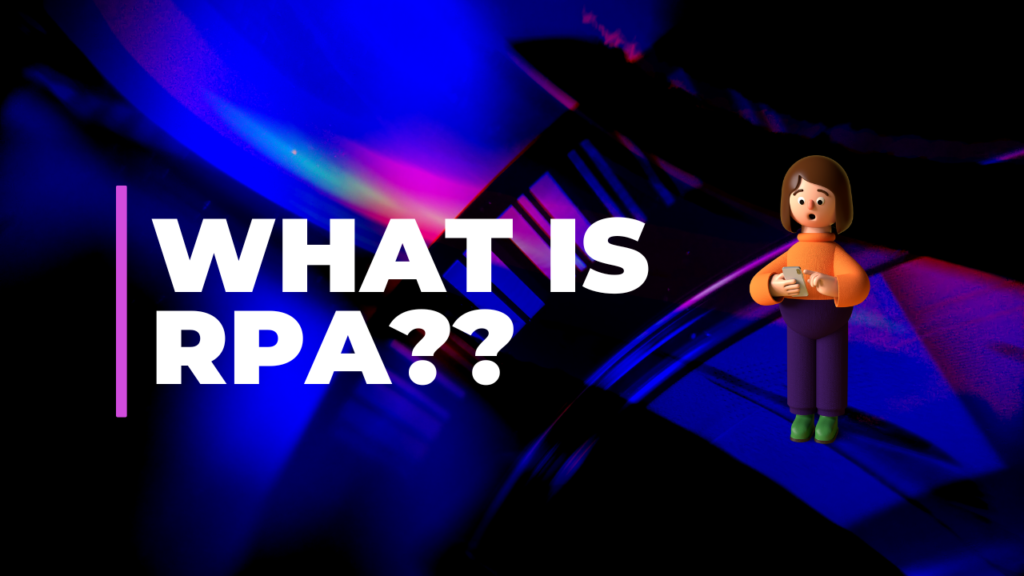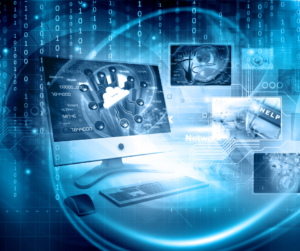
Introduction rpa fit in with other emerging technologies
Rapid advancements in neuroscience and brain-computer interfaces (BCIs) are bringing the concept of mind-reading technology, previously confined to science fiction, closer to reality. Despite the fact that it is revolutionizing the field, this rapidly developing technology creates significant ethical and privacy problems. There has never been a time when it was more important to safeguard one’s mental privacy. RPA fit in with other emerging technologies can we prevent technology from spying on our ideas?
What is RPA?

Ever wonder how companies manage to eliminate manual labour and simplify their processes? RPA, or robotic process automation, holds the key to the solution. This cutting-edge technology is drastically increasing efficiency by revolutionizing the way repetitive operations are managed across several sectors. However, how does RPA relate to other recently developed technologies? Through comprehension of this, you will be able to recognize the wider background of technical developments and their interdependence, which will demonstrate how they all contribute to advancement and creativity in the current fast-paced commercial world.
Key Features of RPA
• Precision and Reliability: Bots execute jobs with utmost accuracy and consistency, without any mistakes.
• Scalability:Capable of efficiently expanding to accommodate more jobs or larger workloads.
• Non-invasiveness: Can be easily integrated into current systems without the requiring significant and modifications.
RPA and Machine Learning
Possibilities for integrating Robotic Process Automation (RPA) with Machine Learning
Combining RPA with machine learning may augment automation capabilities. Machine learning algorithms may enhance the efficiency of robotic process automation (RPA) by forecasting task results and improving workflows.
Augmenting Robotic Process Automation with Machine Learning
The Machine learning enhances RPA by enabling it to effectively manage the exceptional cases and acquire knowledge from past data, hence enhancing the intelligence and adaptability of automation.
Illustrations from actual situations
Within the insurance sector, robotic process automation (RPA) bots are capable of efficiently handling claims, while machine learning models are used to evaluate risk and identify any irregularities. This integration optimizes processes and enhances precision.
Robotic Process Automation (RPA) and the Internet of Things (IoT)
Integration with the Internet of Things (IoT)
Robotic process automation has the ability to automate responses to data acquired from Internet of Things devices. For instance, using data from sensors, robotic process automation (RPA) can control workflows in a smart factory, ensuring timely and effective execution of activities.
IoT automation RPA workflows
RPA has the capability to analyze and respond to live data from IoT devices, therefore automating processes like scheduling maintenance, allocating resources, and monitoring the health of systems.
Real-world uses
The healthcare industry uses IoT devices to monitor patient vitals and robotic process automation (RPA) to automate the alert system, ensuring prompt interventions. This integration improves both the quality of care provided to patients and the efficiency of operations.
RPA and Blockchain
Improving the capabilities of Blockchain using Robotic Process Automation (RPA)
Blockchain-related tasks, such as transaction recording and data reconciliation, may be automated with the help of robotic process automation (RPA), which ensures accuracy and reduces the amount of human labor required.
Illustrative Scenarios and Instances
Robotic process automation (RPA) has the potential to automate the tracking of items in supply chain management by using blockchain technology. This would result in real-time visibility and a reduction in fraud.
RPA and Digital Transformation
RPA’s Place in the Digital Revolution
Robotic process automation (RPA), an essential component of digital transformation, enables automating tedious chores, streamlining operations, and focusing on strategic projects. In addition to enhancing overall efficiency, it speeds up the adoption of digital technology.
Stories of Achievement
Automating compliance and reporting activities via the use of robotic process automation (RPA) has been shown to be beneficial for businesses such as Deutsche Bank, resulting in considerable time and cost savings. These examples of RPA’s success provide insight into the revolutionary potential of the technology.
There are obstacles and factors to consider
Obstacles to Integration
Integrating robotic process automation (RPA) with other technologies may be a challenging endeavor that calls for meticulous design and execution. The most important problems are ensuring compatibility and effectively managing change.
Issues related to security and compliance
As with any other technology, we must consider security and compliance when using RPA. In order to ensure a successful deployment of robotic process automation (RPA), it is essential to safeguard sensitive data and adhere to regulatory regulations.
RPA and new technologies: what the future holds
Anticipated Developments in RPA
We anticipate a rise in the intelligence and integration of robotic process automation (RPA), leveraging artificial intelligence and machine learning to tackle increasingly complex jobs. We anticipate that cognitive automation will become the primary focus, thereby enhancing the capabilities of RPA.
What does the future hold for RPAs utilizing new technologies?
Future developments are likely to further integrate robotic process automation (RPA) with the Internet of Things (IoT), blockchain, and big data, creating increasingly linked and automated ecosystems. Enterprises will reap the benefits of increased productivity, precision, creativity, and innovation.
In conclusion
RPA is a revolutionary technology that effortlessly integrates with other developing technologies to enhance corporate efficiency and foster creativity. By integrating robotic process automation (RPA) with artificial intelligence (AI), machine learning, big data, the Internet of Things (IoT), blockchain, and cloud computing, enterprises may achieve enhanced levels of automation and intelligence. The future of robotic process automation (RPA) hinges on its capacity to adjust and develop alongside these technologies, presenting boundless opportunities for those who are open to adopting it.





